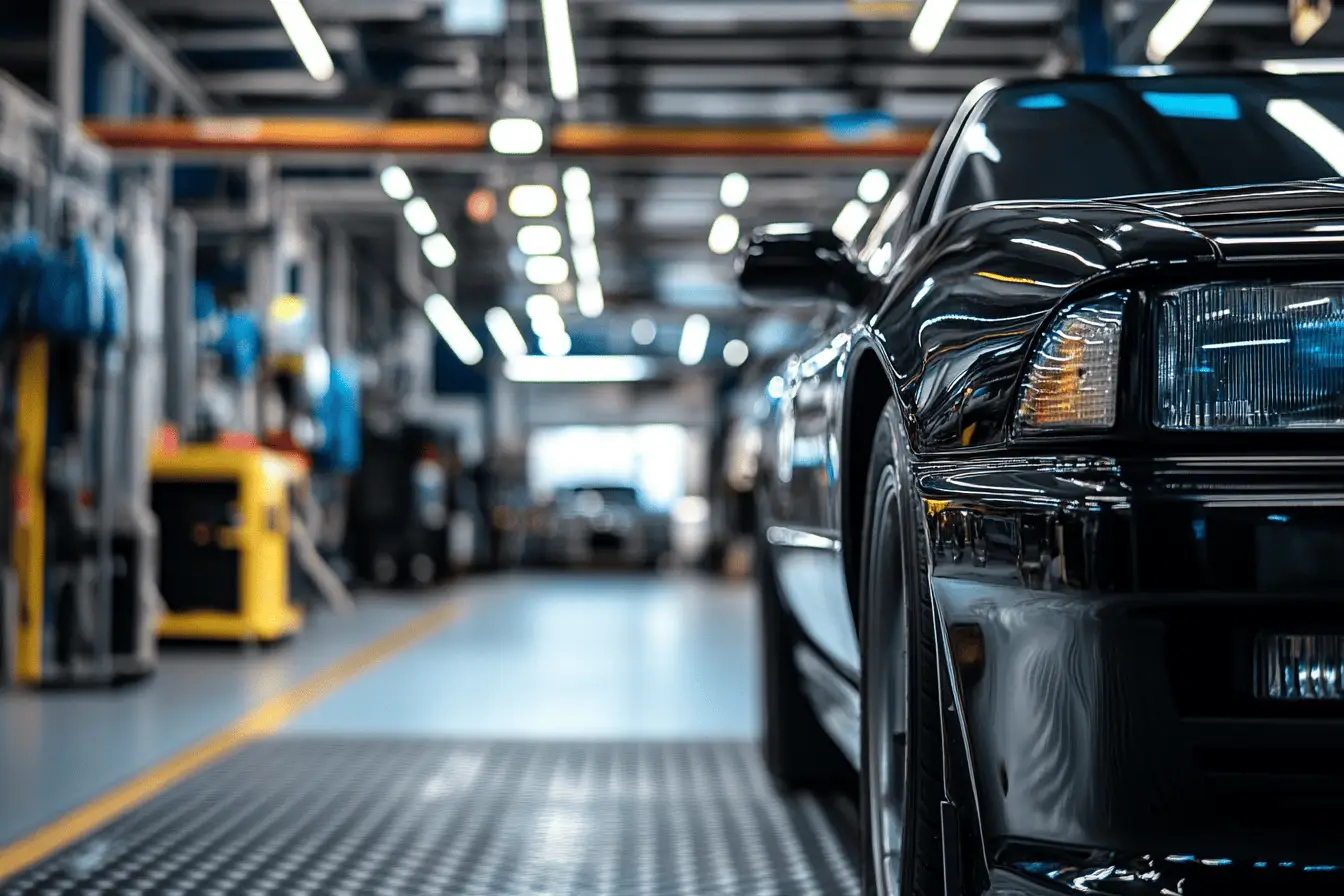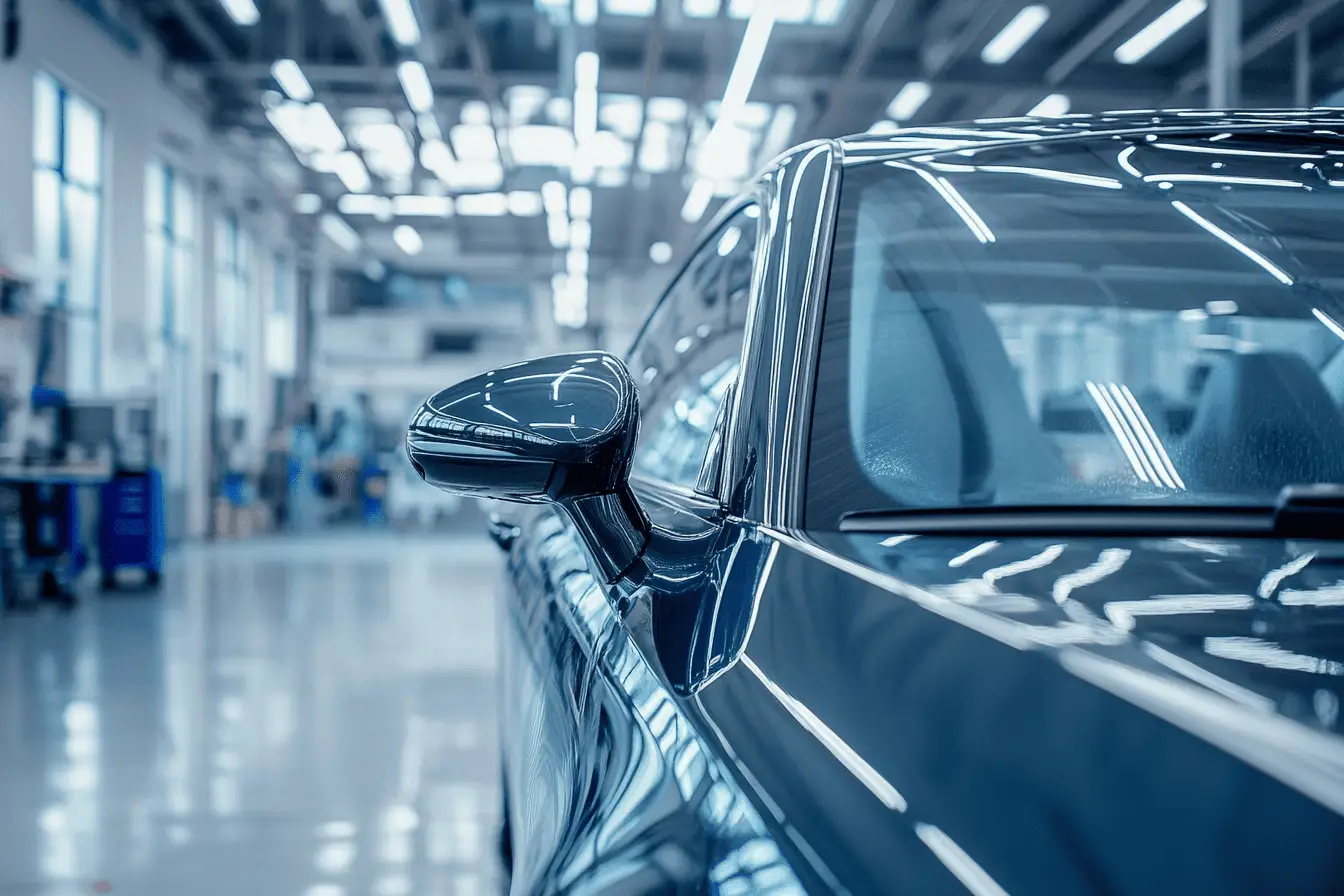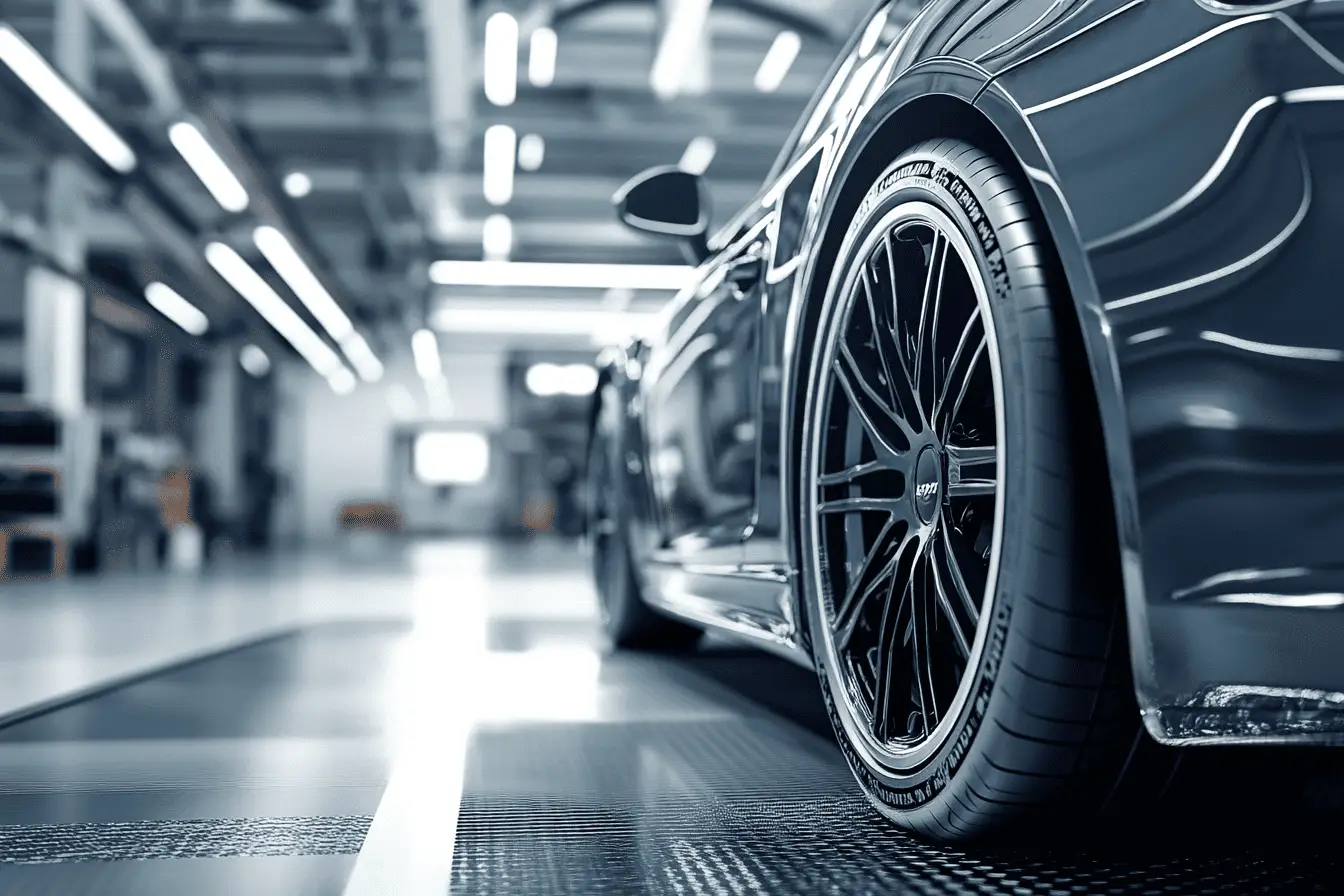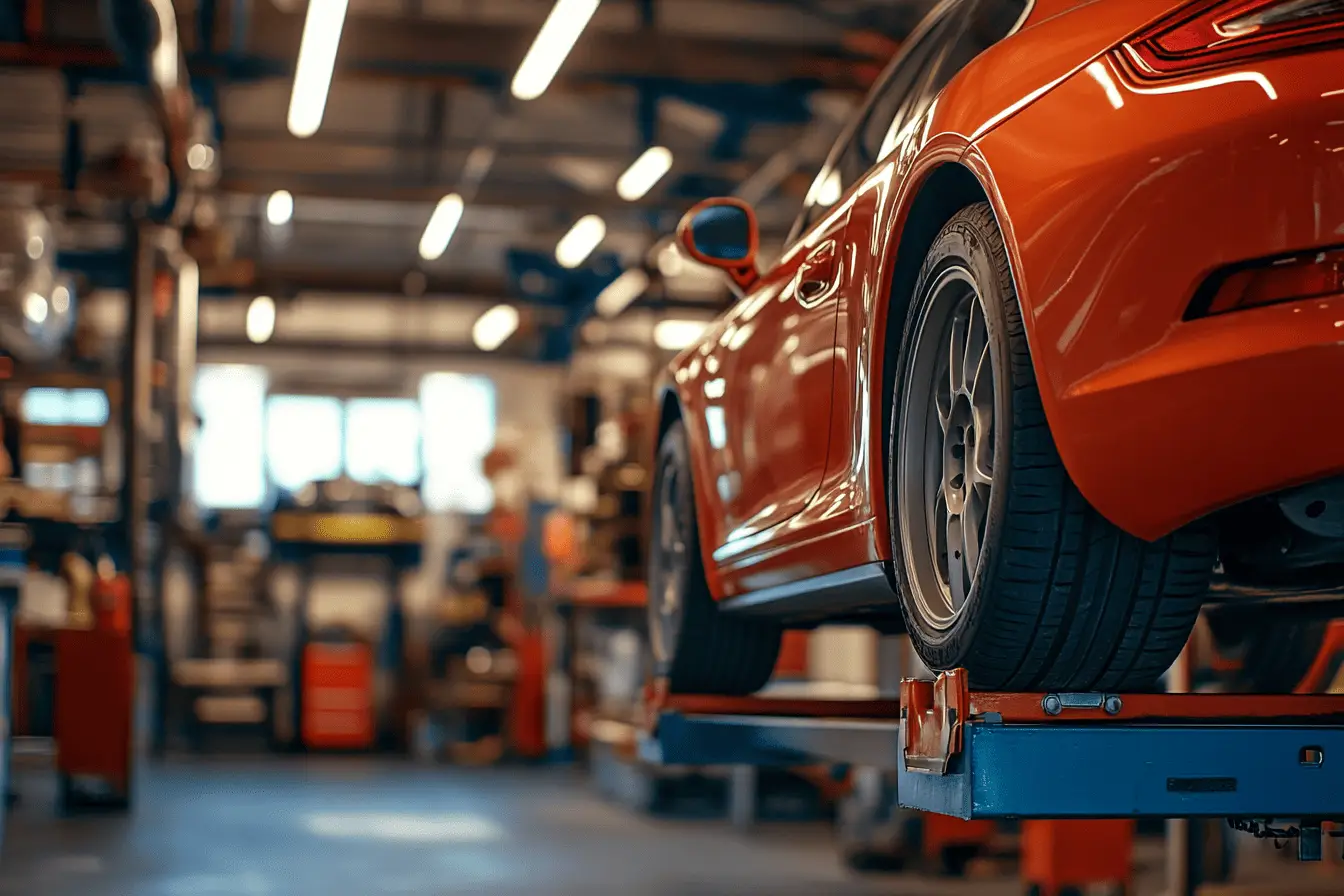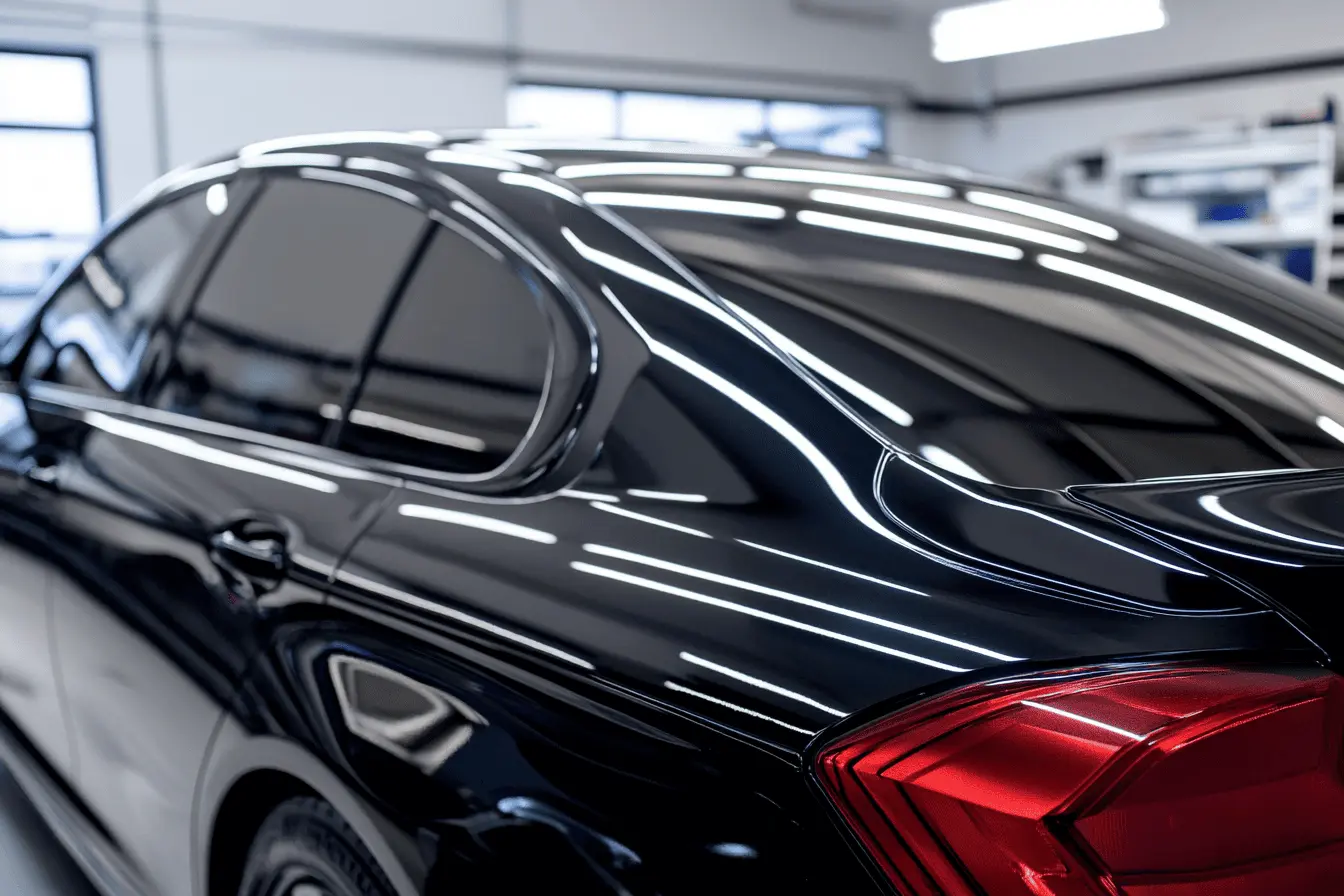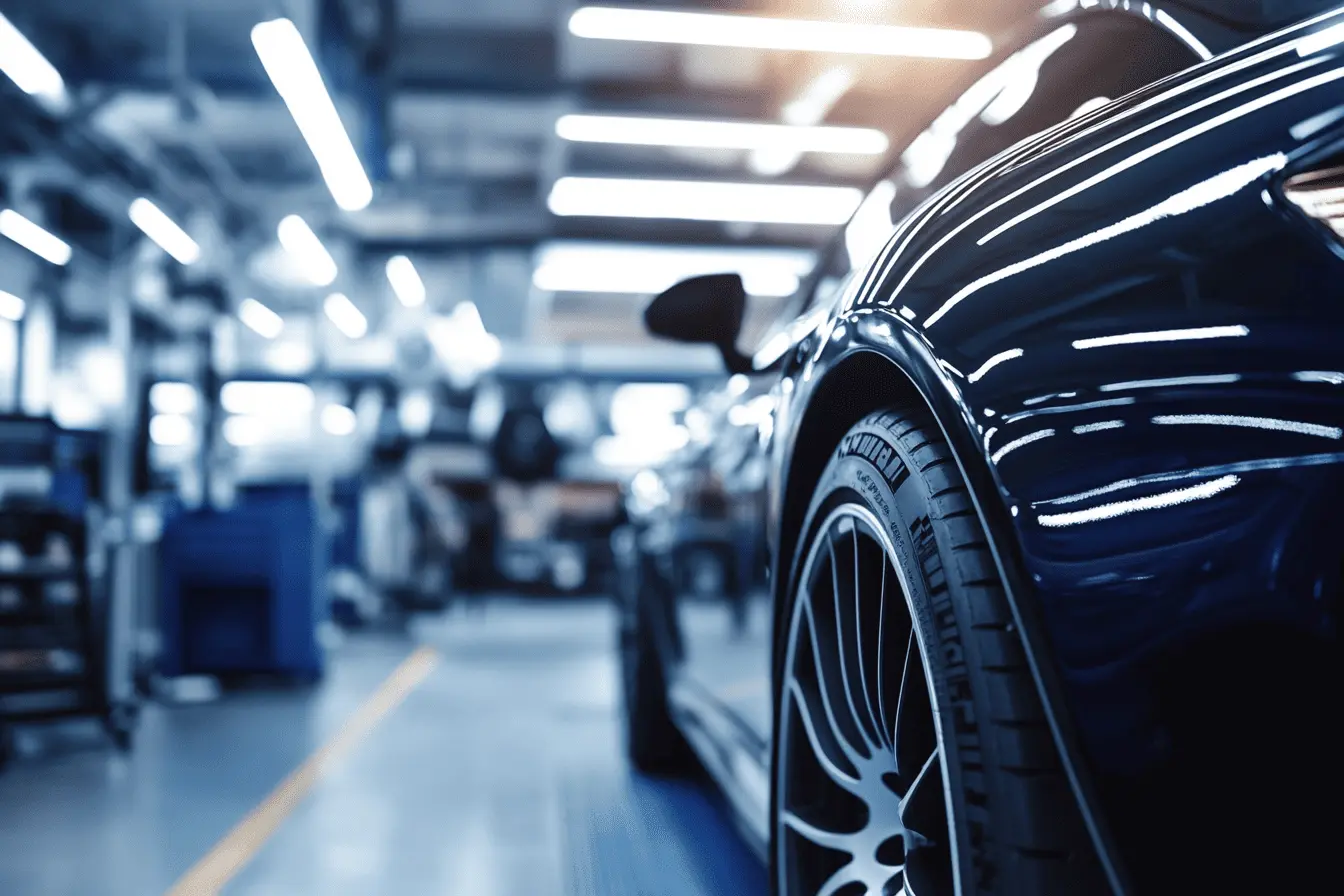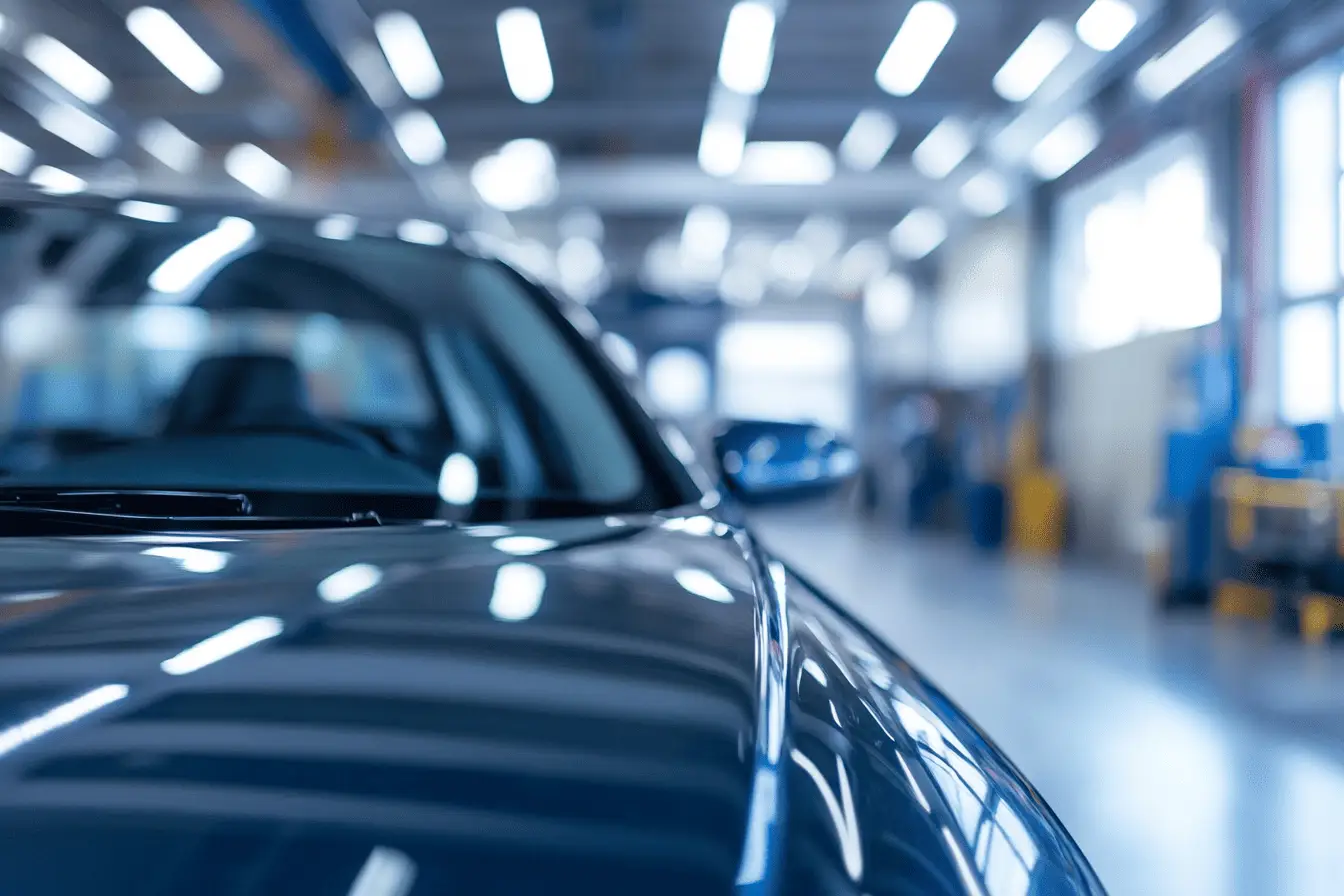
The gearbox is one of the most important parts in a car and unfortunately, gearbox damage is one of the most expensive types of car damage. As in most cases the value of the car is higher than the cost of repair, a gearbox replacement is worthwhile. Find out what gearbox replacement costs you can expect in the UK and how you can recognise symptoms to avoid gearbox damage at an early stage. Plus: Get free quotes!
What does a gearbox replacement cost in the UK?
The average cost of a gearbox replacement is between £2,000 – £5,000 in the UK. The cost is made up of the material cost of a new automatic gearbox (£2,400 – £3,800) and the labour cost for the replacement (£800 – £1,200). However, savings can be made by opting for a reconditioned gearbox rather than a new one. For example, a reconditioned gearbox for a VW Golf only costs around £1,200 – £1,800.
ON AVERAGE: £2,000 – £5,000
However, these are only average values. Depending on the car model, the costs can be significantly higher. If it is a defective manual gearbox, the costs are lower. Below is an example of the cost of a gearbox replacement on a Volkswagen Golf 5 with a reconditioned gearbox at a garage near Manchester. All figures in this article are estimates incl. VAT and may of course vary.
Example: Gearbox replacement cost – VW Golf 5 | |
|---|---|
Overview | Cost |
Reconditioned gearbox | £1,500 |
Labour cost | £1,000 |
Total cost | £2,500 |
GET FREE INSTANT QUOTES FROM GARAGES IN YOUR AREA
What does a gearbox do?
A gearbox transmits torque according to the given requirement. The actual combustion engine in the car can only generate a weak torque. This is especially true at low speeds. This is why geared motors are required in vehicles with combustion engines. They help to control the engine power as desired by the driver. Accordingly, the gearbox in a car has the following main tasks:
It connects the engine and the drivetrain and it regulates the torque and the power according to the load situation. The last point is particularly important. For example, the gearbox plays an important role when starting off and accelerating.
What are signs and symptoms of a broken gearbox?
- Changing gears take longer than usual
- Shifting is rough and ungentle
- Driving is only possible in certain gears
- Error memory entry indicates a gearbox defect
- Engine torque is not transmitted completely, not at all or only above a certain speed
With a manual gearbox, it can happen that the gears cannot be engaged or jump out again. Another symptom is rattling noises when engaging the gear. General symptoms are also unusual noises and vibrations while driving, loss of gear oil because the gearbox is leaking as well as very dark gear oil which smells burnt.
What causes a gearbox to break?
The typical causes of gearbox damage are the following:
Unsuitable gear oil: poor quality or unsuitable gear oil damages the gearbox. Drivers must make sure to use the required quality.
Too low oil level: if the oil level does not meet the specifications, the probability of a gearbox damage increases.
Thermal overload: The likelihood of failure increases, especially with inexpensive components. If the gearbox overheats, damage will occur soon.
External damage: The gearbox can be damaged by hard contact with the ground.
Leaks in the gear case: Due to leaks, water or dirt can enter the gear case.
Damaged or punctured gear case: Due to mechanical impacts, gear damage can occur.
Individual parts of the gearbox are damaged: The gearbox consists of individual parts that may be defective or subject to wear. If repairs are not carried out, the damage increases. Possible sources of damage include synchroniser rings, gearbox bearings, shift sleeve, synchroniser body and idler.
Material defects: The durability of gearboxes varies greatly. Ideally, the gearbox remains functional for the entire lifetime of the vehicle. Material defects cause wear to accelerate and the gearbox to become defective.
Improper gearbox assembly: If the gearbox was not installed by a specialist and the assembly was carried out incorrectly, the component can quickly suffer a defect.
Gearbox repair or replacement?
Basically, there are three options in the event of gearbox damage – depending on whether you opt for a gearbox repair, a partial or complete replacement of the component.
Repair gearbox: The garage will repair or recondition the gearbox.
Replace the gearbox with an reconditioned spare part: The garage uses a partially or fully reconditioned gearbox. In the case of a partial overhaul, only the defective components are replaced, whereas a complete recondition involves the replacement of all wearing parts, including those that are still functioning.
Replace the gearbox with a new spare part: The garage replaces the defective gearbox with a new one.
What happens during a gearbox repair?
The first step is a general function check of the gearbox. After a precise analysis of the faults, the mechanics have ideally identified the defective element. Now comes the professional disassembly of the gearbox. The exact damage is visible, but careful gearbox cleaning is required first. After this step, the mechanics replace all defective components of the gearbox. Worn transmission seals must be replaced.
These pose a potential risk or are already no longer functional. The garage then installs the new components of the gearbox. Once this step is completed, the gearbox is fully restored. Finally, a function test is carried out.
How to increase the lifespan of a gearbox
As a general rule, gear changes should always be made smoothly. High rotational speeds when shifting gears can also cause increased wear. With manual gearboxes, it is important that the clutch is always fully depressed when shifting gears.
If there are first signs of gearbox problems, a garage should be visited as soon as possible. In this way, major damage can often be avoided with a direct repair or a gearbox oil change.
How can I reduce my gearbox replacement costs?
1) A simple way to reduce your gearbox replacement costs is to choose a reconditioned gearbox. A difference is made between partially reconditioned gearboxes, where only defective wear parts have been replaced, and fully reconditioned gearboxes, where all wear parts have been replaced as a precaution. The last-mentioned are always more expensive. Overall, however, about half the material costs can be saved on most car models compared to a new gearbox.
2) The cost of a gearbox replacement varies not only between car models, but also from city to city and workshop to workshop. The costs in London, for example, are always somewhat higher than in the rest of the UK. For this reason, it is always advisable to do a regional price comparison beforehand to find the best value for money in your area.


